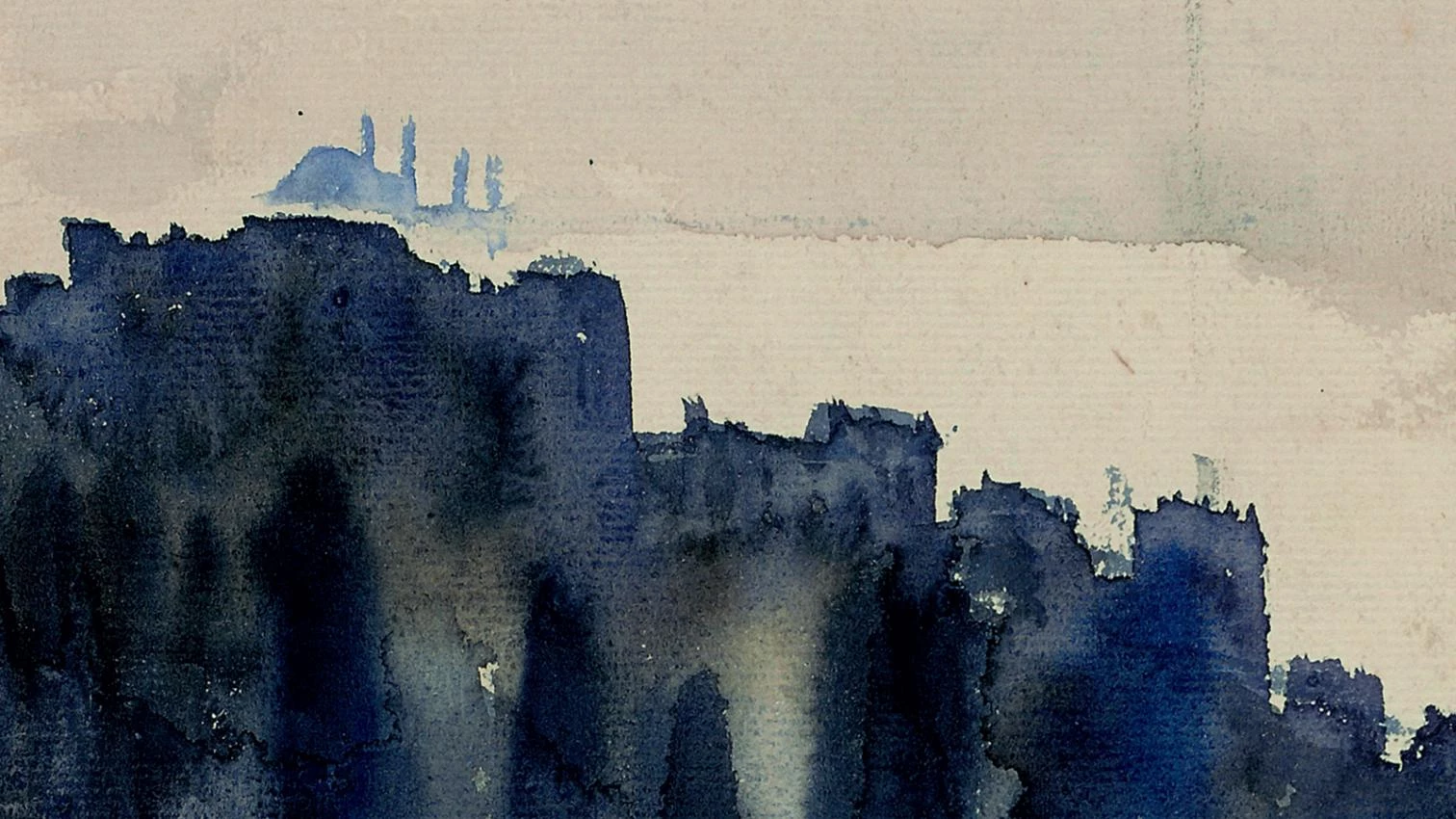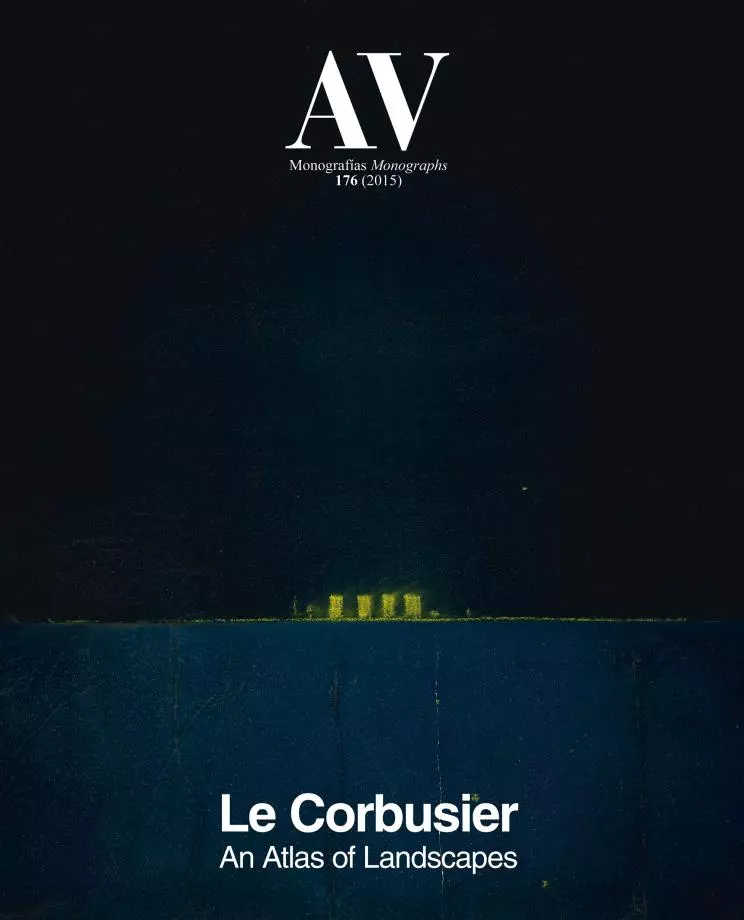Biographic Geographies

Le Corbusier left us fifty years ago, but he is still stubbornly among us. The centennial of his birth in 1987 brought about a broad critical review of his legacy, which this magazine collected in two consecutive issues of that year (AV 9 and 10), where historians like Allen Brooks, Banham, Colquhoun, Curtis, Scully, Tzonis or Von Moos participated together with a cast of Spanish experts. Now, the fiftieth anniversary of his death prompts a similar revision, fueled by the endless number of studies which have appeared during this interval, and that we have preferred to present here as a synthesis of the most significant choral work published to mark the anniversary, the catalogue of the exhibition held at the Museum of Modern Art in New York in 2013, which travelled to Barcelona and Madrid the following year, and where his life career was presented through the geographies of his travels and the landscapes of his projects, to shape the biographical portrait of a genuine global master.
Of this extense catalogue we extract ten texts that cover a large portion of the Corbusian world map and take stock of the variety of approaches of a new generation of scholars – of the authors published coinciding with the centennial, only Von Moos is featured again in the pages that follow –, so this issue is both a mise au point of the universe of Le Corbusier and a register of contemporary interests. Linked by the theme of landscape, which Jean-Louis Cohen – editor of the volume and curator of the exhibition together with Barry Bergdoll – has chosen as guiding thread for this expedition, the articles pace an itinerary that goes from the master’s native Switzerland to France, where he would develop most of his professional life, including his travels to, among other countries, Italy and Spain; examine his urban proposals for the vast geographies of Africa and America; and document the end of his journey in Asia with the design of the capital of the Indian Punjab.
Chronological itinerary and atlas of landscapes, the Corbusier painstakingly mapped by Cohen and the MoMA – a museum that has compensated with this effort the limited attention it paid to the architect in the past – reveals new dimensions, but does not make the mistake of turning the master into a landscape architect. As the curator and editor makes clear – and as mentioned in the review of the catalogue published in Arquitectura Viva 166 – landscape “does not have an active or reactive presence in his projects,” nor does it imply a geographic interpretation, because it is essentially a metaphor and a source of analogies and aphorisms. Of the many approaches contained in the original book, included here is a representative selection of pieces which portray the intellectual and artistic universe of a great architect of the twentieth century, and of the physical universe where he unfurled his creative talent: this biographical atlas is in the end the world of Le Corbusier, our resilient contemporary.
Luis Fernández-Galiano





